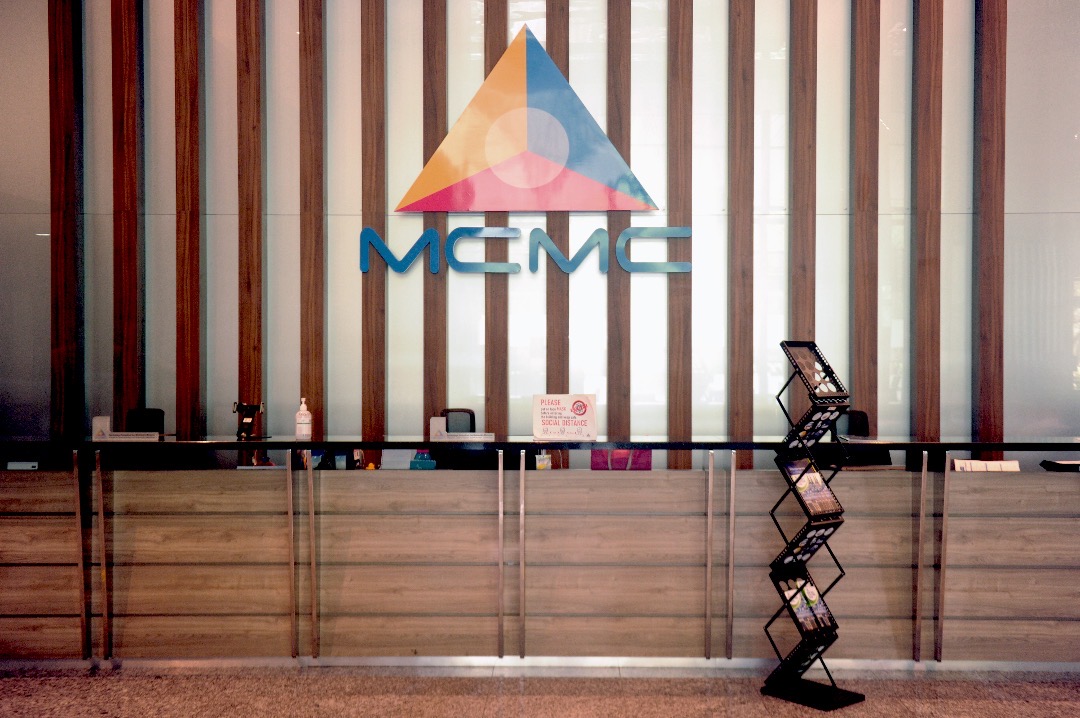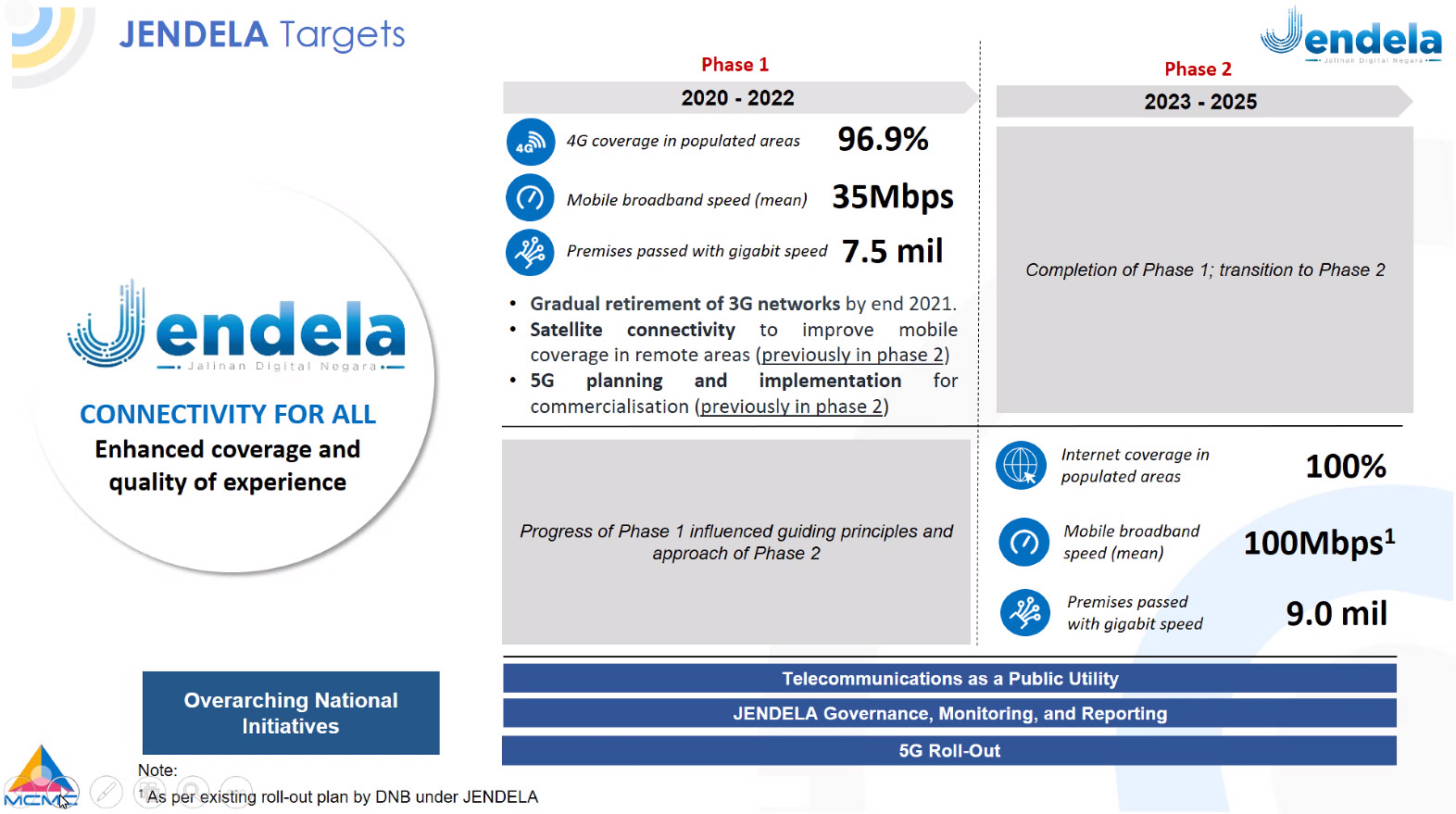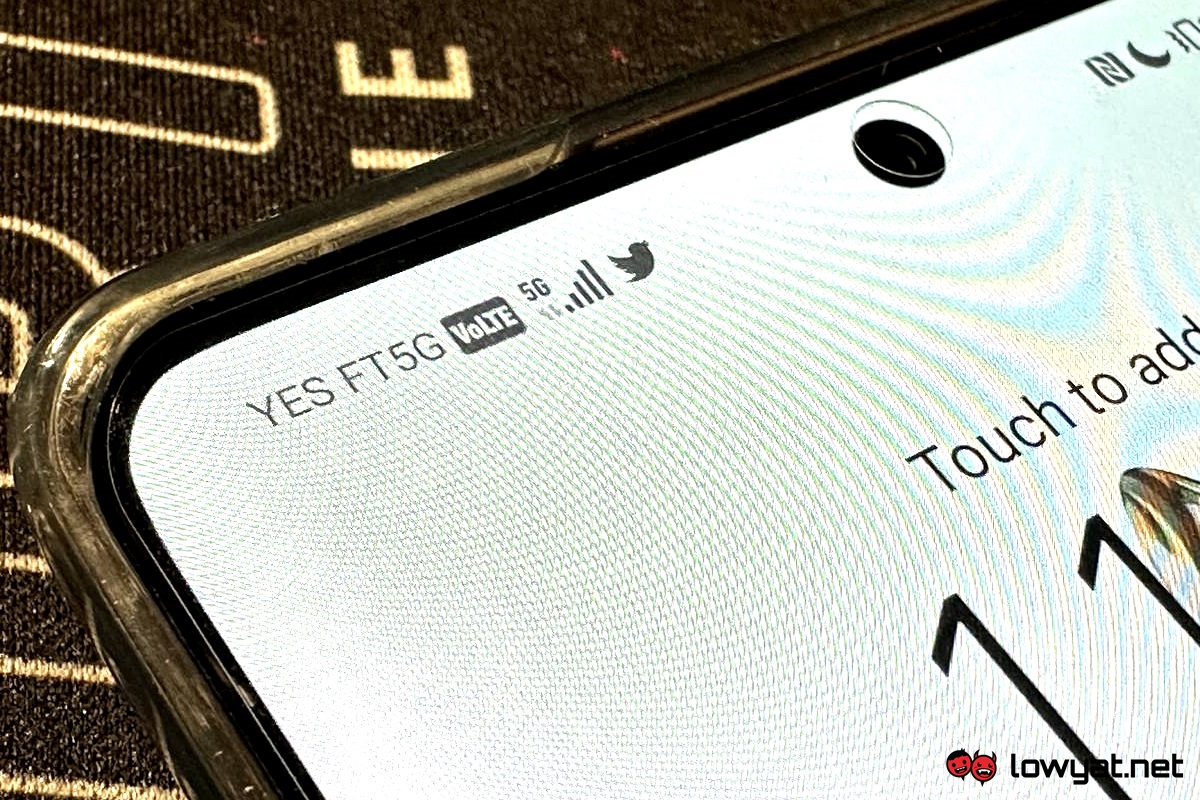MCMC has revealed during today’s JENDELA Phase 1 concluding briefing that the adoption rate of 5G in Malaysia is still low, despite Digital Nasional Berhad (DNB) achieving 59.5% population coverage as of 30th April 2023. More specifically, the regulatory body said that currently there are only 1.2 million subscribers to the infrastructure, which translates to just 3.1% of the population.
As previously revealed by Communications and Digital minister Fahmi Fadzil back in early May, the government is aiming to achieve 80% 5G coverage in populated areas within Malaysia through DNB by the end of 2023. Once that goal is reached, the country will then shift over to a new dual network model in the next year, where a second entity will be introduced to operate alongside the existing 5G infrastructure provider.

With the increased coverage, MCMC COO Datuk Mohd Ali Hanafiah Mohd Yunus is optimistic that the adoption rate for 5G in Malaysia will improve. In addition, introducing lower-priced 5G devices could also help increase the number of subscribers, he added. On that note, the number of affordable entry-level smartphones that are equipped to support the network have continued to increase throughout the years, with brands such as POCO, Tecno, OPPO and Infinix offering 5G-enabled devices around RM1K mark and even lower to local consumers.
Today’s briefing also saw the attendance of several key figures from the local telco companies, one of which being Abdul Karim Fakir Ali, the Chief Network Officer for Maxis. For the uninitiated, the company is still the only service provider in Malaysia that has not rolled out any 5G plans whatsoever. When asked whether this will change anytime soon during a Q&A session, Abdul Karim simply assured that Maxis is indeed a member of the newly formed task force that was announced by the Comms Ministry last month, indicating that 5G will eventually be available to its customers in the near future.

Apart from 5G related discussions, MCMC shared that the first phase of JENDELA has concluded with 7.74 million premises passed with fibre connectivity and 4G coverage in populated areas have achieved 96.92%. Mohd Ali Hanafiah said that Phase 2 is expected to begin in the third quarter of this year or latest by the fourth quarter, which will consist of full deployment of the 5G network in populated areas nationwide.
Follow us on Instagram, Facebook, Twitter or Telegram for more updates and breaking news.



